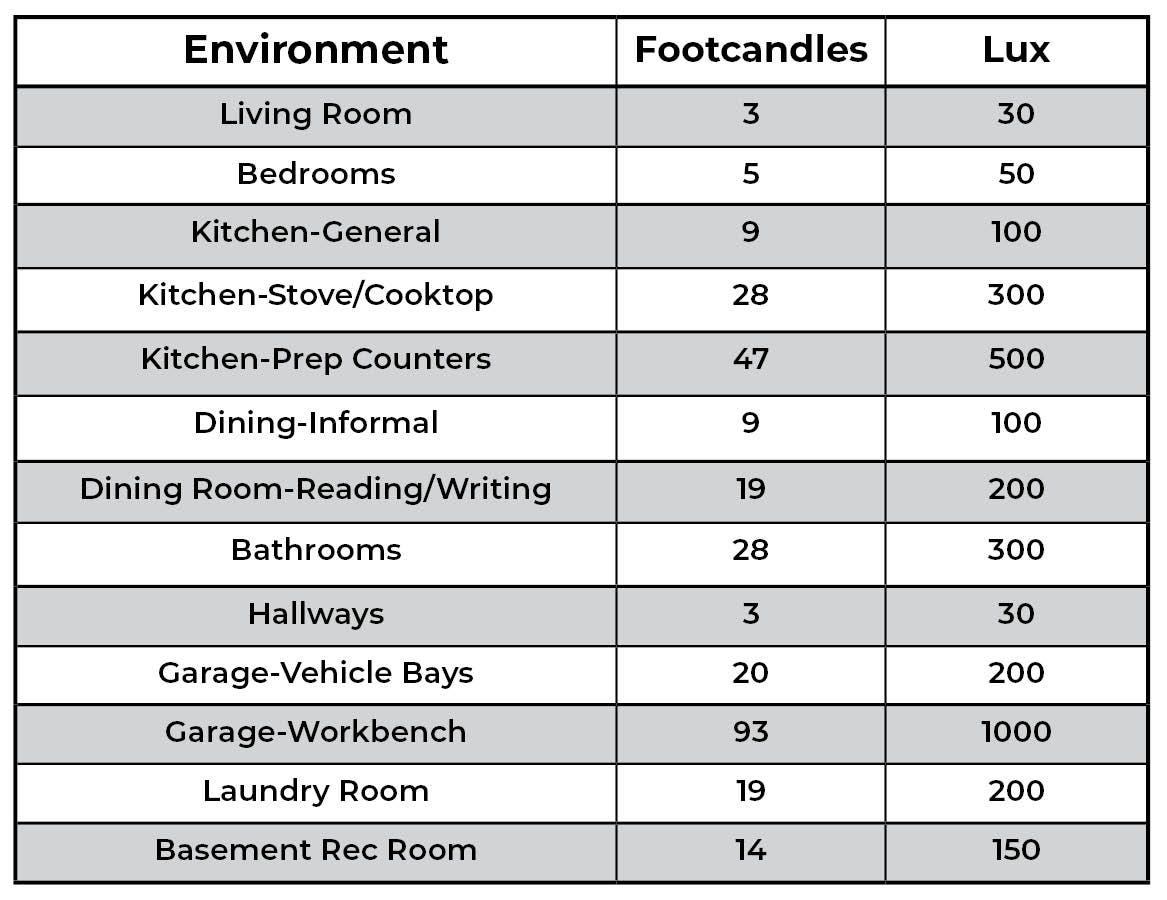
If you’re renovating your current home, building a new one, or just curious how you can optimize lighting, you might be wondering how many lights you need in each room. Sure, you could guess and end up overlighting or underlighting your home, but did you know that there are actually set recommendations for how much light should be in different types of rooms? These recommendations are given by lighting designers, engineers, architects, and the Illuminating Engineering Society (IES), and they can help you determine the right number of lights to use in different areas of your home.
As stated on their website, the IES is “. . . an accredited Standards Development Organization (SDO) under American National Standards Institute (ANSI) approved procedures.” They work to inform the public of best practices for using lighting to meet visual and aesthetic needs. The organization consists of different types of lighting professionals who are all working toward quality lighting design for every space.
The way in which the IES and other lighting professionals communicate how much light should be used in a space is to give lux or foot-candle recommendations. Both of these are measurements for how much light makes it onto a surface. Lux means lumens per square meter, and foot-candles means lumens per square foot. Lumens are a measurement that describes the amount of light produced from a light source. There are two separate tables shown below: Table A has strictly IES recommendations, and Table B combines recommendations from the IES as well as architects and engineers.
Table A: IES recommended lighting levels

*Information from the IES Ready Reference app
Table B: Combination of lighting recommendations